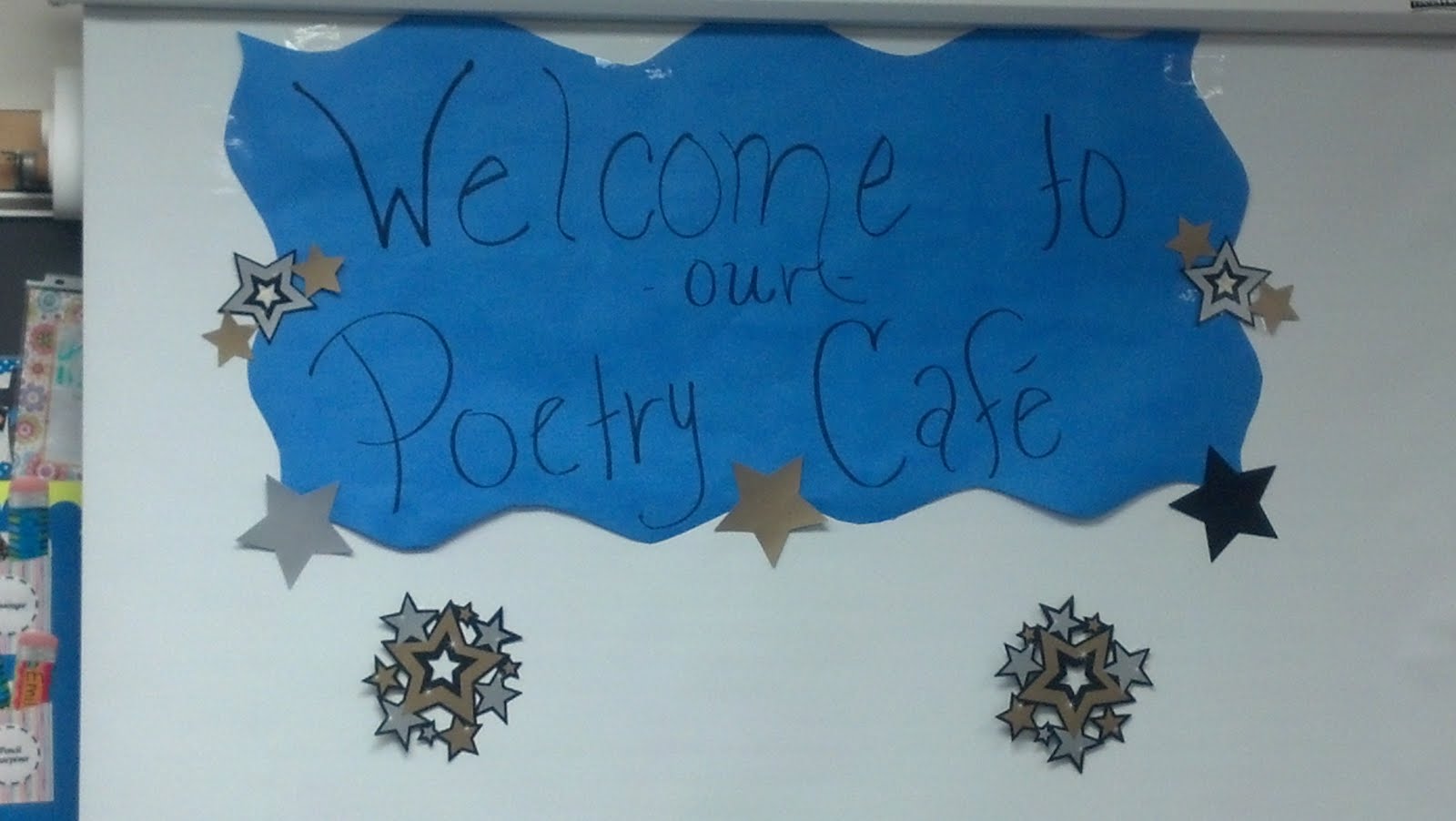An aside -- stanza is the Italian word for room. When you read a poem, imagine it's like walking through the rooms of a house. Each stanza is a different room, with its own color scheme and knick-knacks, but still part of the whole home.
Opposites come in pairs, so our opposites poems have two parts -- two stanzas. The poetry comes from which details the author chooses, as Jack does with his amazing sensory imagery in "Day and Night."
Day and Night
by Jack S.
In the day, the sun is bright
and the birds soar gracefully, high in the sky.
As I look up in the air, the clouds look like ships battling.
The city is busy. The shopping spree is on.
There are so many cars on the road, I can barely get across.
The moon is so bright, shining down upon my little head.
Bats fly brave out in the dark, open night.
The stars in the sky reflecting off my eyes.
Not a word is heard in my ears as the city grows quiet.
The roads are scarce, not a car in sight.
As you can see, day and night are so different, yet both have
one thing in common. They are both so pretty.
You can find my full lesson on opposites poems here. The model poem is Elizabeth Coatsworth's "Swift Things Are Beautiful." Here's a nice clip of a child reading the poem.
 In looking for a photo of bats, I came across these guys all wrapped up in little sleeping bags. Is that the cutest? You can read about these orphaned night-flyers and the Queensland animal shelter that rescued them here.
In looking for a photo of bats, I came across these guys all wrapped up in little sleeping bags. Is that the cutest? You can read about these orphaned night-flyers and the Queensland animal shelter that rescued them here.If you'd like more opposites poems to share with children, check out Donald Hall's book, "I Am the Dog, I Am the Cat." There are also several fun versions of Richard Wilbur's opposites/riddle poems.
Tomorrow, I'll be posting Pocket Poems by Northfield third graders. Be prepared -- we'll be letting our imaginations run wild!





No comments:
Post a Comment